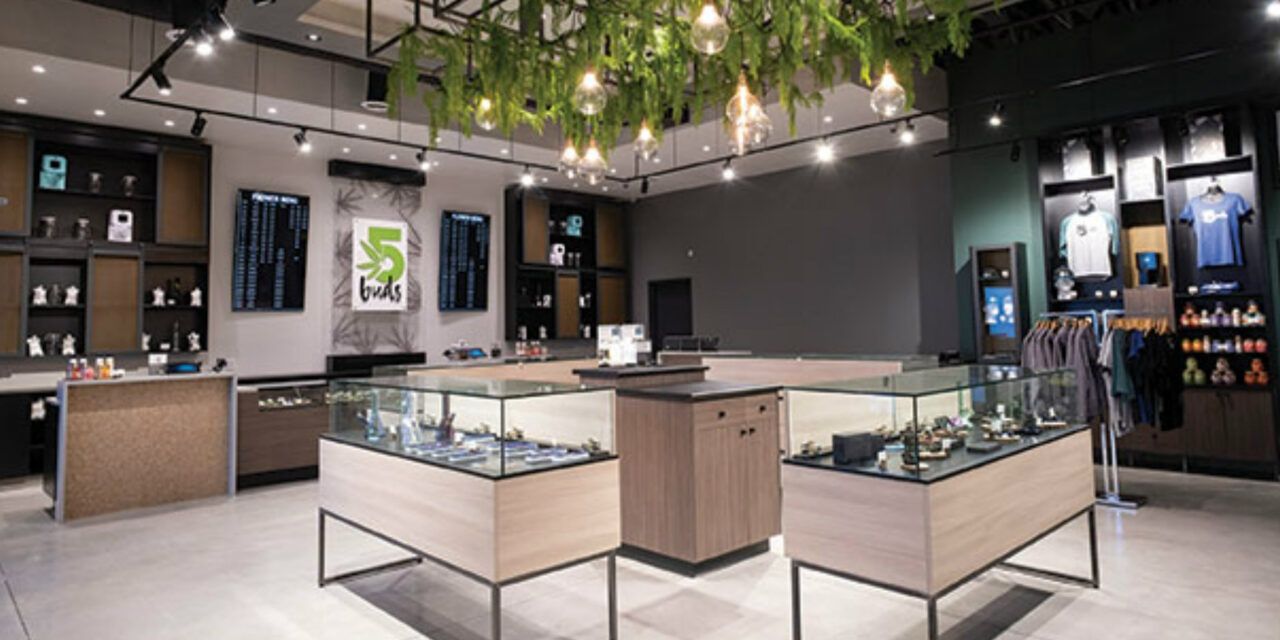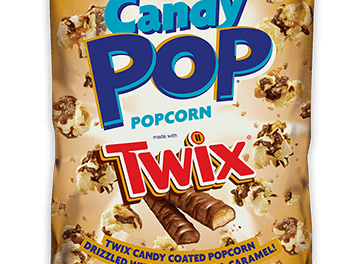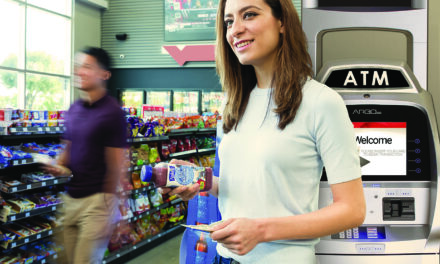
There’s a Black Cloud Hanging Over the Cannabis Market

[vc_row][vc_column][vc_column_text]
There’s a Black Cloud Hanging Over the Cannabis Market
By Tania Moffat
Weed is legal, so no one has to worry about back alley deals anymore, right? Wrong, the black market is alive and well. In fact, it’s doing so well that a recent industry analysis conducted by Scotiabank estimates that illegitimate businesses will account for over 70 per cent of all cannabis sales in 2019. These sales aren’t being made by some guy in a leather jacket, meeting clients on a shady street corner either. Today’s black market cannabis retailers are high-class charlatans with professional looking websites and chic physical stores offering a tantalising array of cannabis goods. But for a few telltale signs, they look legal and attract several customers who aren’t even aware that they are supporting unlawful businesses. Unfortunately, this is a trend that is harming all of the legitimate store operators and growers who have had to jump through hoops to open their stores.
Slow Start
 Cannabis hasn’t even been legal for a year yet, and of course, the black market isn’t going to disappear overnight. These numbers are disheartening but not surprising given the logistics of launching legalization nation-wide. Health Canada was drowning in applications long before the legalization date last October. Growers were cautious too, delaying their grow operation set-up until they were confident the cannabis act would pass. Many retailers, such as 5Buds, didn’t open until much later than October 17. In some markets, such as Winnipeg, supply was an issue with stores selling out of product only hours after they had opened. Still, other areas lacked access to any available legal retailers. With a slow and bumpy start to such an anticipated industry, it’s no wonder illegal stores and sites took full advantage of the legal market’s logistical nightmares.
Cannabis hasn’t even been legal for a year yet, and of course, the black market isn’t going to disappear overnight. These numbers are disheartening but not surprising given the logistics of launching legalization nation-wide. Health Canada was drowning in applications long before the legalization date last October. Growers were cautious too, delaying their grow operation set-up until they were confident the cannabis act would pass. Many retailers, such as 5Buds, didn’t open until much later than October 17. In some markets, such as Winnipeg, supply was an issue with stores selling out of product only hours after they had opened. Still, other areas lacked access to any available legal retailers. With a slow and bumpy start to such an anticipated industry, it’s no wonder illegal stores and sites took full advantage of the legal market’s logistical nightmares.
RED FLAGS THAT YOU MAY BE BUYING FROM THE BLACK MARKET
1. Concentrates, isolates, and edibles are available the study estimates that by 2020 only 37 per cent of sales will be made in the illegal market – these products are not currently legal.
2. Promotion of health benefits – not permitted under the Cannabis Act.
3. Coupons and enticements to purchase –illegal under the Cannabis Act
(e.g., BOGO sales)
4. No adult signature or ID required on delivered products – a requirement for legal businesses.
5. Low prices – illegal shops do not pay taxes, business fees, etc. and can charge less per gram.
6. Sexy marketing and packaging – required packaging is plain and opaque with a yellow warning.
Two Separate Playing Fields
Corey Tyacke, retail store general manager for 5buds Cannabis, reports that their two stores, North Battleford and Warman, Saskatchewan are not performing at the levels they had previously forecasted. He agrees that black market sellers are a likely cause for lower sale volumes. Unsanctioned stores have several advantages; the largest one is that they don’t have to follow any of the rules and regulations that legitimate operators do. Many of the laws create price differences between legal and illegal sellers. Shady operators don’t pay for licenses, income taxes, or the 10 per cent excise tax imposed by the government.
Packaging has been another issue from the start. Tamper-proof, child-resistant, opaque packaging with a yellow warning label on it was part of the packaging regulations outlined by Health Canada. In the beginning, packaging shortages were the problem, but there are other packaging problems according to Tyacke. “As a retailer, we follow Health Canada’s guidelines, that means any products we sell, the packaging has to be very plain and generic, include a yellow warning label and must list the terpene and THC percentages on it,” he says. “There is no opportunity for any product to stand out. It’s shut down the ability for growers to showcase their products.”
What concerns Tyacke the most is safety. Customers have no assurances from illegal retailers on what they are buying. All growers are subject to issues like mould, insects and other contaminations. Health Canada tests for these but no one is testing in the underground market. And, if illegal businesses say they are testing, to what standards? Are their products grown in controlled environments as mandated in the legal market? How can a customer truly be sure of the strain, potency, and safety of what they are purchasing? They only have the word of the retailer as there are no checks and balances.
“Health Canada ensures you have a safe product and that you know what it is – how was the plant grown, what was it derived from and what strain it is,” explains Tyacke. “Terpene and TCH percentages have to be listed.”
Health Canada demands tests for potency, proper identification and labelling because no two cannabis strains have the same effects. Information that is important to disclose to customers. If someone was looking for Indica for sleep and instead was sold a high THC Sativa, there will be unpleasant consequences. There are medical benefits to cannabis use, but Health Canada requires that only medically trained professionals give health advice. Medical grade marijuana is subject to even more stringent requirements. Governance in the industry is to protect the consumer from themselves and unscrupulous retailers.
Edibles are another area where the black market has an advantage. Edibles are an industry unto themselves with a plethora of choices from brownies, potato chips, chocolates, colourful gummies, and more. Although edibles are not legal yet, they will be by October 17, 2019. Tyacke cautions consumers that they won’t be like the fun products currently advertised in the illegal market. “I think Health Canada is very cautious with edibles and they will likely be sold in measured doses, so people know what they are taking,” he says. Edibles are, in many cases still thought of as fun things to try; the danger lies in not knowing how much you are ingesting. Since edibles take longer to produce a high, it is easier for people to over-do it and become sick.

Resolving the Issues
While there remain several logistical challenges, the industry is in its infancy, and we are in unchartered territory. There will be growing pains, but Scotiabank analysts are confident these issues will resolve in time. The study estimates that by 2020 only 37 per cent of sales will be made in the illegal market. While this may be an overly optimistic view, the number will assuredly drop with more market experience, new legal virtual and physical stores opening and resolved supply issues. Most importantly, however, is a committed task force that will focus on shutting down the illegal businesses, and word on the street is that it is in the works. How long before the task force is put into effect is anyone’s guess.
Tania Moffat is a freelance writer, editor, publisher, and photographer. She has worked in the publishing industry for the last 15 years on a wide variety of B2B and consumer publications, both in print and online. You can contact her at info@chiccountrylife.com


































